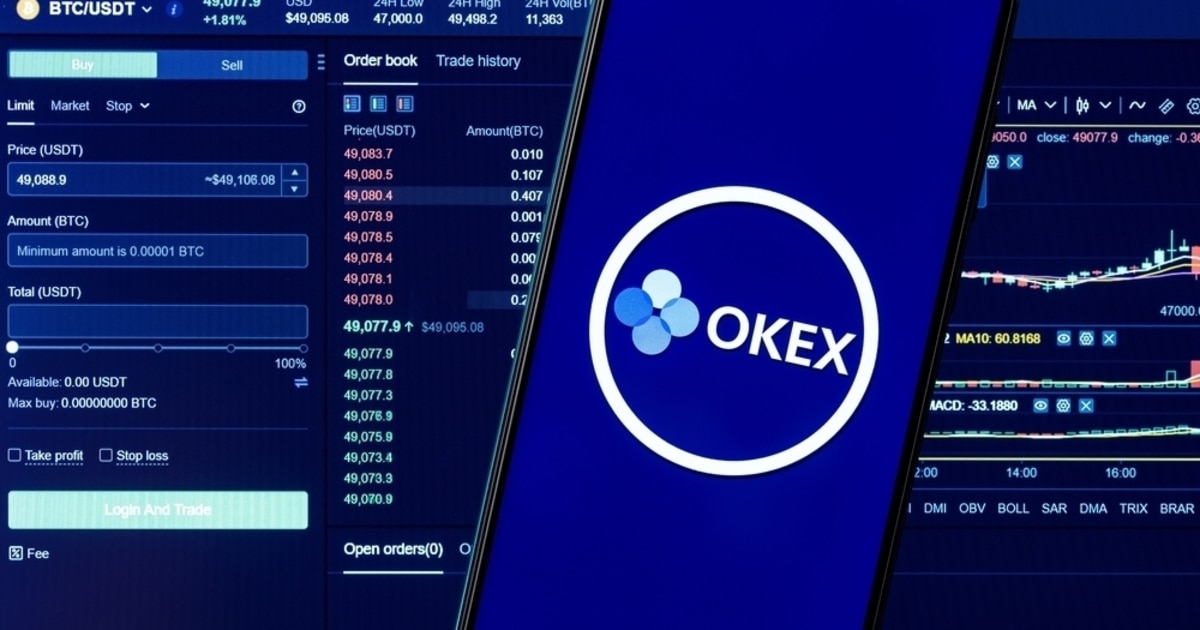It might come as a surprise for some of you but, IMO, a paradigm shift is underway, and its name is modularity. The days of a monolithic blockchain design might be counted.
What are Modular and Monolithic Blockchains?
In a monolithic blockchain, all tasks are carried out on a single layer or a cluster of closely interconnected chains that operate on the same layer. Nodes in a monolithic chain are responsible for executing consensus, ensuring data availability and validating transactions. As a result, these nodes simultaneously serve all four core blockchain functions. This makes it harder or impossible to scale without sacrificing Security or Decentralization.
Examples: Solana, Bitcoin, Cardano, BSC, etc.
On the opposite end, we have Modular. Modularity simply means that the blockchain design revolves around the division of the system into distinct layers, each specializing in crucial functions. This means that the tasks are divided and are able to scale independently. The three main layers can be divided:
- Execution Layer:
- The realm where day-to-day transactions and smart contracts thrive.
- Utilizes Layer 2 scaling solutions like optimistic or ZK-based rollups for enhanced scalability.
- Settlement Layer:
- The bedrock that secures the entire ecosystem.
- Scalable rollups periodically post transaction proofs to the settlement layer, ensuring secure and immutable storage.
- Data Availability:
- A critical aspect residing within the security domain of Layer 1, ensuring the integrity of transactions.
Examples: Ethereum (sort of), Celestia, Syscoin, etc.
One of the biggest components in scaling is related to Data Availability (DA), where I won't try to explain as it is complicated to I will just link a CoinMarketCap Article regarding DA: https://coinmarketcap.com/academy/article/what-is-data-availability
That's why we're seing a shift from using Ethereum DA (as it's not scalable), to using other DA layers, such as Celestia, Avail, Syscoin and Near.
Using these DA Layers simply means that scaling is much easier and the fees are much lower. Using Syscoin as an example, Rollux is actually the first Layer 2 to use Syscoin's DA solution and Settlement Layer, and what does that mean? Fees are incredibly cheap (0,00004 $SYS, which means, at the current rate, $0.0000039). This is a big deal since it's not sacrificing security or decentralization, since it's using Syscoin's as it's settlement layer, and that's the beauty of Modularity!
Ethereum is in fact working on this, https://www.eip4844.com/, but it's not known how much this will change Ethereum's potential scalability.
So yes, you should care about Modularity and Data Availability, I recommend everyone to dive into Celestia, Syscoin, and other Modular layer + other DA solutions.
[link] [comments]

You can get bonuses upto $100 FREE BONUS when you:
💰 Install these recommended apps:
💲 SocialGood - 100% Crypto Back on Everyday Shopping
💲 xPortal - The DeFi For The Next Billion
💲 CryptoTab Browser - Lightweight, fast, and ready to mine!
💰 Register on these recommended exchanges:
🟡 Binance🟡 Bitfinex🟡 Bitmart🟡 Bittrex🟡 Bitget
🟡 CoinEx🟡 Crypto.com🟡 Gate.io🟡 Huobi🟡 Kucoin.




















Comments